With incoming new tools such as the Bifrost engine, it might be easy to forget that Maya still has a functioning fluid effects system that is still quite capable in maya respects.
Although much of what the Maya fluid system does can be taken over and created more efficiently with Bifrost, khalil khalilian shows how Maya fluids can still be relevant with visual effects work.
More Resources for Working With Maya Fluids
John Zilka showed how to create an underwater sand effect. This is done by combining Maya fluids and particles driven by simple expressions.
Autodesk’s Duncan Brinsmead showed off an example that used Maya’s nParticle Emitters, dynamic fields, and Maya Fluids to create a Roman Candle Fireworks Effect. In another post, showing how to create effects using Maya Fluids and particles.
Mike Haas had a look at creating building a small scale explosion using Maya Fluids.
eosacro takes a look into creating an effect where the Maya Fluids appear to be dissolving or being eaten away with the post Dissolve Maya Fluids Using Particles.
Studio 4 Media offers a look at using Maya Fluids to create a realistic animated clouds.
Stuart Christensen offered a beginners look at getting started using Fluid Containers in Maya to create clouds.
David Schoneveld offered a more advanced look and shared some great tips for Creating Cloudscapes in Maya With Fluid Containers.
Emmanuel Mouillet had a look at using his emfxClouds tool in Maya, that will create fluid-clouds based on stand-in geometry – allowing you to sculpt the look of the clouds with polygons before applying the fluids. emfxCLOUDS Use Proxy Geometry to Create Maya Fluid Clouds.

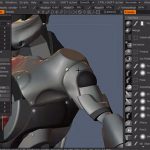
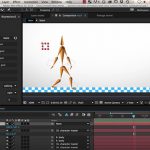
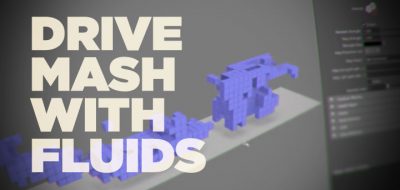
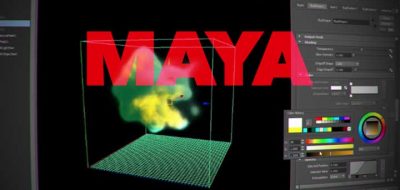
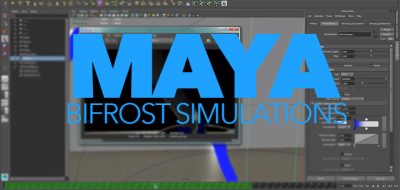
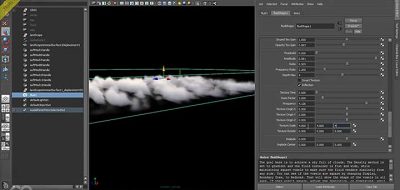
rodolfo damaggio
Great compilation of links Lester….thanks a bunch